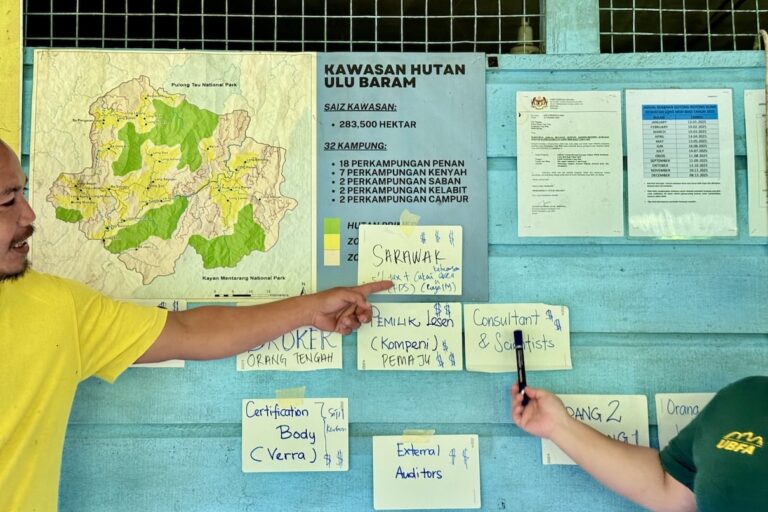Bacteria can help prevent earthquake damage
Bacteria can help prevent earthquake damage
University of California – Davis
February 21, 2007
Soil bacteria could be used to help steady buildings against earthquakes, according to researchers at UC Davis. The microbes can literally convert loose, sandy soil into rock.
When a major earthquake strikes, deep, sandy soils can turn to liquid, with disastrous consequences for buildings sitting on them. Currently, civil engineers can inject chemicals into the soil to bind loose grains together. But these epoxy chemicals may have toxic effects on soil and water, said Jason DeJong, an assistant professor of civil and environmental engineering at UC Davis.

Jason DeJong Related articles Bacteria can generate renewable energy from pollution, help fight global warming. Currently, most energy production generates carbon dioxide, a potent greenhouse gas that contributes to global warming and local pollution. At the same time that carbon dioxide concentrations are rising in the atmosphere, fueling higher temperatures, burgeoning population growth of humans and livestock is producing ever-increasing amounts of organic pollution and waste. Now researchers at the Center for Biotechnology at the Biodesign Institute of Arizona State University are working on a way to solve both problems using bacteria to convert organic wastes into a source of electricity. Bacteria can ensure clean water say researchers. Water is shaping up to be one of the most critical problems facing humanity. With water consumption far outstripping population growth rates due to surging industrial and agricultural demand, the World Bank estimates that 40 percent of the world’s population — more than 2.5 billion people — are enduring some form of water scarcity.This may all soon change. Researchers at Arizona State’s Biodesign Institute have devised a way for bacteria to do the dirty work — converting wastewater to clean drinking water using a minimal amount of energy and generating no harmful waste. Carbon dioxide-eating enzyme could fight global warming. A new technology could help fight climate change by letting carbon-dioxide enzymes do the work. A Canadian firm has licensed production rights to an enzyme that scrubs carbon dioxide from smokestacks and other concentrated sources. The byproducts from the CO2 scrubbing process are carbonate and hydrogen gas, which in itself could serve as a fuel source. |
The new process, so far tested only at a laboratory scale, takes advantage of a natural soil bacterium, Bacillus pasteurii. The microbe causes calcite (calcium carbonate) to be deposited around sand grains, cementing them together. By injecting bacterial cultures, additional nutrients and oxygen, DeJong and his colleagues found that they could turn loose, liquefiable sand into a solid cylinder.
“Starting from a sand pile, you turn it back into sandstone,” DeJong said. Similar techniques have been used on a smaller scale, for example, to repair cracks in statues, but not to reinforce soil.
The new method has several advantages, DeJong said. There are no toxicity problems, compared with chemical methods. The treatment could be done after construction or on an existing building, and the structure of the soil is not changed — some of the void spaces between grains are just filled in.
DeJong and his collaborators are working on scaling the method up to a practical size, and applying for funds to test the method in the earthquake-simulating centrifuge at UC Davis’ Center for Geotechnical Modeling. The centrifuge is part of the national Network for Earthquake Engineering Simulation, funded by the National Science Foundation.
DeJong, J.T., Fritzges, M.B., and Nüsslein, K. (2007) “Microbial Induced Cementation to Control Sand Response to Undrained Shear”, Journal of Geotechnical and Geoenvironmental Engineering.
This is a modified news release from the University of California – Davis













